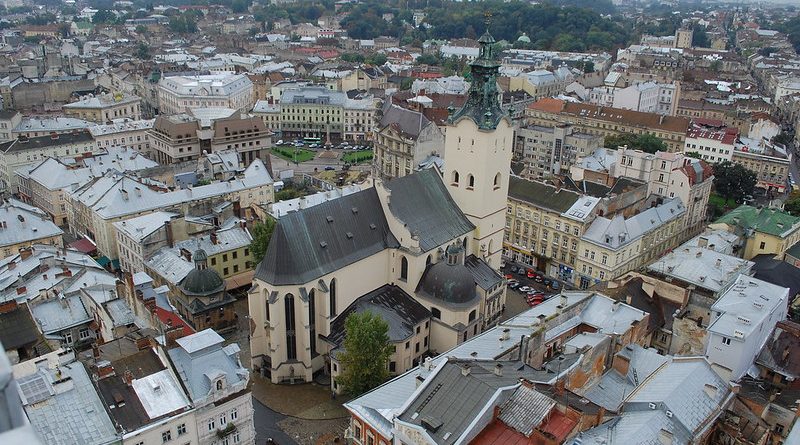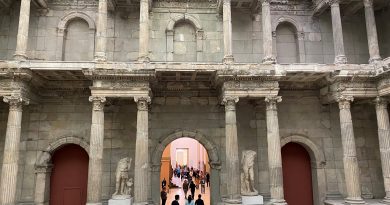Lviv City Guide
Lviv used to be called by its Russian name “Lvov”when the Soviet Union controlled it, and before that “Lemburg” when it was part of Poland
A Viennese pastry and delicious coffee is a typical breakfast leftover from when this city was a part of the Austro Hungarian Empire
Lviv is Ukraine’s second largest city, known as the cultural capital of Ukraine, it benefited from a rich multi-cultural mix as major trading center between east and west dating back to the 14thcentury. Jews, Armenians, Greeks, and German immigrants came in along with the occupying powers, leaving a historical city center that is filled with an unusually rich collection of baroque and renaissance era churches and homes, as well as a lifestyle that is closer to Europe than Ukraine’s eastern, Russian influenced cities.
Lviv and its citizens also represent a center of Resistance: cultural and political. In spite of centuries of occupation . Lviv is known for being the heart and soul of Ukrainian language and culture, even during the Soviet years when Russian was the official language taught in schools, and many aspects of Ukrainian culture were banned.




